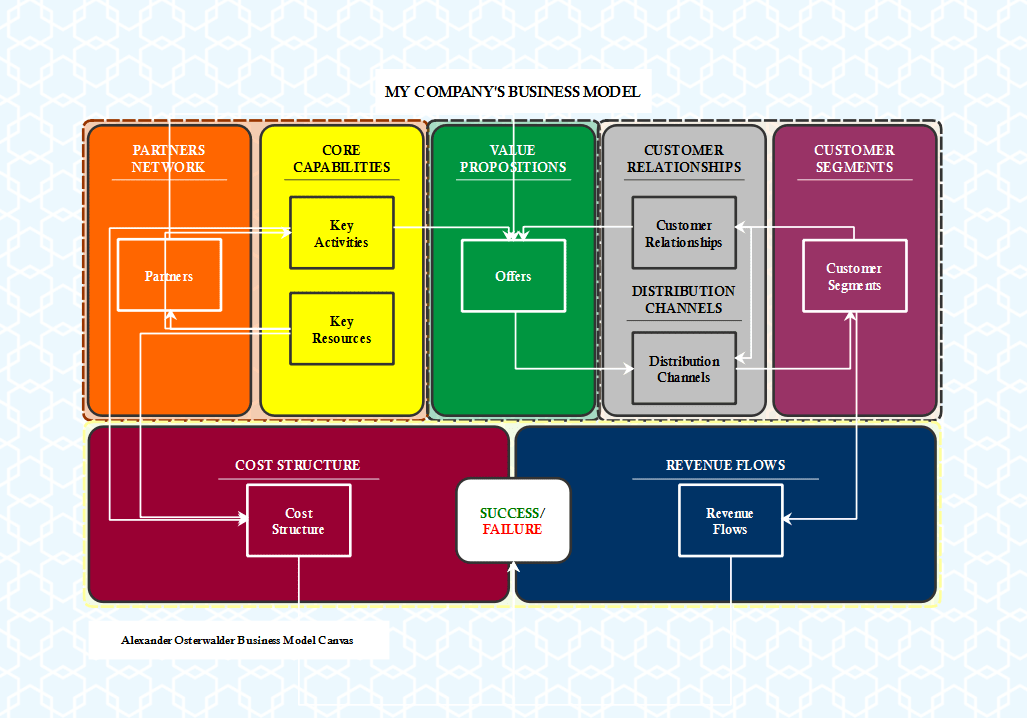Studies have found that people are spending around 50% of their working time holding or attending meetings. But are they producing fruitful results? Surely, you, as everyone working in a big or small company, have participated in meetings of a different kind. Long and slow meetings, short and prompt meetings, meetings on which big decisions are made, or meetings on which nothing is decided.
Many people hate meetings and this could due to numerous reasons including:
- Meetings with too many people;
- Pointless meetings;
- Meetings ending without valuable decisions;
- Uncoordinated and unorganized meetings;
- Meetings without a pre-defined agenda, and more.
However, we will continue attending and holding meetings, whether we like it or not, but what can we do in order to bring out the best of them?
Effective meetings are hard to be organized and held, because they require a specified agenda, and because the participants need to get involved, discuss, listen and help in making decisions. However, business meetings are a must in order to get the working juices flowing and achieve defined goals.
So how to conduct an effective meeting? There are different rules that people are following, and here are our 5:
Reflect on whether the meeting is necessary
Some projects require regular meetings, whilst others don’t require any. How to decide whether you should schedule a meeting with the team? Depending on the project you are managing or working on and the number of people involved, you should decide on whether an actual meeting is necessary. Some things can be easily carried out through an e-mail, phone call, or skype call. So, before scheduling a meeting with your team, think of the agenda and the things you would talk about because you don’t want to end up talking about irrelevant things and waste your team members’ energy and time.
Invite the people who will make a contribution
This is crucial for holding an effective meeting. Every day, numerous meetings are held with the wrong people who don’t contribute to the problem. This is the case because many people who don’t have anything in common with a particular topic get an invitation to a meeting. Of course, they don’t know the reason they are invited and feel like a valuable part of their working time is wasted on a meeting that doesn’t concern them.

Create a meeting agenda
In order to avoid jumping from one topic to another and lose the participants’ attention in the process, it is important to create a meeting agenda and stick to it. At meetings it is normal and expected for the discussion to go in a different direction, however, you should be careful not to overlook relevant points and keep the discussion under control. A meeting agenda could be created with the help of a mind map, as it is considered a technique that supports brainstorming on diverse topics and organizing and presenting ideas. So whether the objective of the meeting is to answer a specific question or brainstorm on a certain idea, a mind map can be of great use.
A meeting agenda is also a practical tool for informing the participants about the subjects which will be discussed in the upcoming meeting. So make sure your agenda is prepared and delivered to all potential participants in the meeting upfront so that they could reflect on the topics of discussion.
Encourage an active and fruitful session
Once you decide that the meeting is indispensable, you have invited the right people, and have created an agenda, you can schedule and start the meeting. Start with inviting everyone to actively participate in the following discussion and listen to their colleagues. If you have prepared printed copies of the meeting agenda to share them with everyone present in the room. Mind maps can encourage, asking questions, brainstorming, and producing fresh ideas.
End the meeting at the scheduled time
We have all participated in meetings that last forever and it is not the greatest feeling. Long meetings make people distracted so they are reaching for their phones, not listening, and not participating. Which is the most convenient approach here?

When scheduling the meeting, always pick a shorter time range. People get anxious if they see that the meeting is scheduled to last an hour or more. So if the realistic duration for the meeting is one hour, you can schedule it to be 45 minutes. By reducing the meeting’s duration in advance you will be on the track to waste less time and keep people more engaged.
About the author





